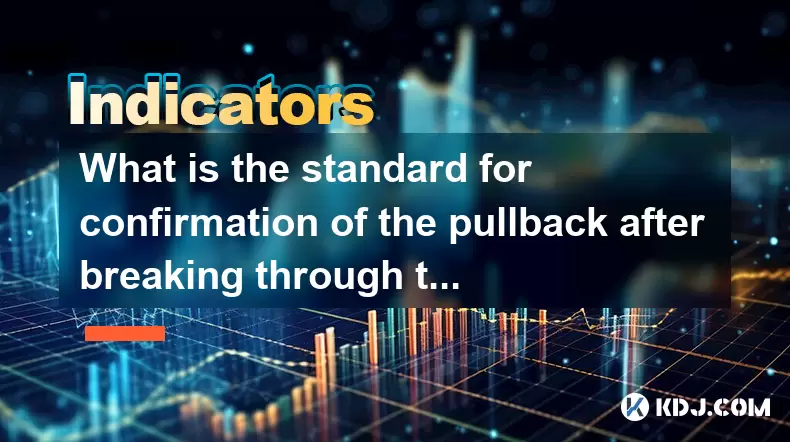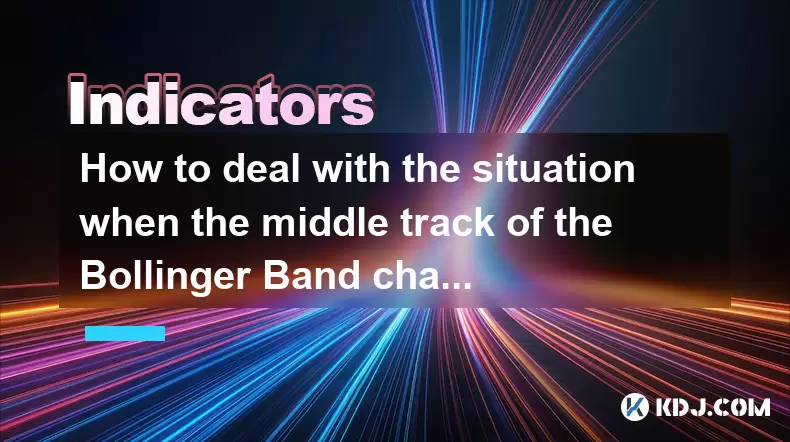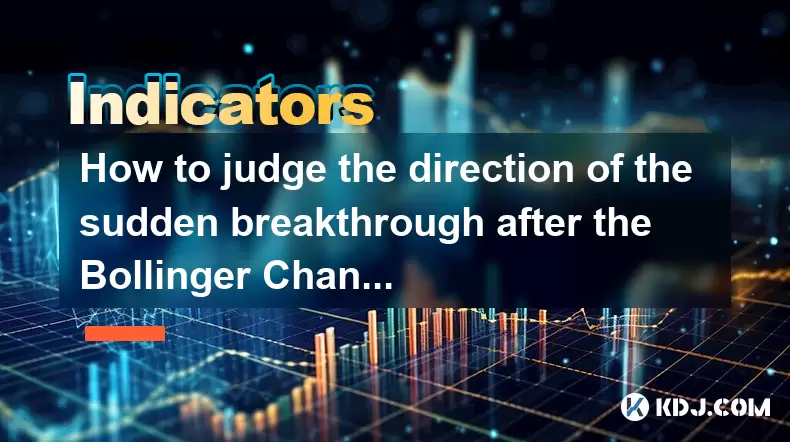-
 Bitcoin
Bitcoin $101,898.5005
-0.75% -
 Ethereum
Ethereum $2,258.1125
-1.07% -
 Tether USDt
Tether USDt $1.0004
0.01% -
 XRP
XRP $2.0178
-2.93% -
 BNB
BNB $624.0243
-1.53% -
 Solana
Solana $134.3298
-0.90% -
 USDC
USDC $0.9999
0.01% -
 TRON
TRON $0.2675
-2.05% -
 Dogecoin
Dogecoin $0.1538
-1.96% -
 Cardano
Cardano $0.5482
-1.11% -
 Hyperliquid
Hyperliquid $35.5636
5.45% -
 Bitcoin Cash
Bitcoin Cash $453.4902
-1.66% -
 Sui
Sui $2.5134
-2.97% -
 UNUS SED LEO
UNUS SED LEO $9.1292
1.77% -
 Chainlink
Chainlink $11.8457
-1.60% -
 Stellar
Stellar $0.2312
-2.73% -
 Avalanche
Avalanche $16.9721
0.29% -
 Toncoin
Toncoin $2.7549
-3.82% -
 Shiba Inu
Shiba Inu $0.0...01081
-1.10% -
 Litecoin
Litecoin $80.8250
-0.71% -
 Hedera
Hedera $0.1374
0.21% -
 Monero
Monero $305.4827
-2.36% -
 Ethena USDe
Ethena USDe $1.0006
0.00% -
 Dai
Dai $1.0000
-0.01% -
 Polkadot
Polkadot $3.2085
-3.12% -
 Bitget Token
Bitget Token $4.0845
-3.13% -
 Uniswap
Uniswap $6.3353
-1.63% -
 Pi
Pi $0.5085
-0.70% -
 Pepe
Pepe $0.0...08913
-3.82% -
 Aave
Aave $232.7090
-0.58%
How does WMA perform during retracements? How to control risks?
WMA helps traders identify the end of retracements in crypto trends, offering a responsive tool for entering positions as the primary trend resumes.
May 23, 2025 at 09:49 pm

Introduction to WMA and Retracements
Weighted Moving Average (WMA) is a technical analysis tool used by cryptocurrency traders to smooth out price data and identify potential trends. Unlike simple moving averages, WMA assigns a higher weighting to more recent data points, making it more responsive to new information. During retracements, periods when the price of a cryptocurrency temporarily reverses within a larger trend, understanding how WMA performs is crucial for effective trading strategies.
WMA's Behavior During Retracements
During retracements, WMA can serve as a valuable indicator for traders. When a cryptocurrency's price begins to retrace, the WMA line will adjust more quickly than a simple moving average due to its weighting mechanism. This can help traders identify the potential end of a retracement and the resumption of the primary trend.
For instance, if the price of Bitcoin is in an uptrend and begins to retrace, the WMA will start to decline but will do so more gradually than the actual price. As the retracement ends and the price starts to rise again, the WMA will begin to turn upwards, signaling a potential continuation of the uptrend. This behavior makes WMA a useful tool for traders looking to enter positions at the end of retracements.
Using WMA to Identify Retracement Levels
Traders often use WMA in conjunction with other indicators to pinpoint retracement levels. One common strategy involves using multiple WMAs with different time periods. For example, a trader might use a 20-period WMA and a 50-period WMA. When the shorter-term WMA crosses above the longer-term WMA, it can signal the end of a retracement and the start of a new bullish trend.
- Identify the trend: Determine the overall direction of the market using a longer-term WMA.
- Watch for crossovers: Look for the shorter-term WMA to cross above the longer-term WMA during a retracement.
- Confirm with other indicators: Use additional tools like the Relative Strength Index (RSI) or Moving Average Convergence Divergence (MACD) to confirm the signal.
Risk Management Strategies During Retracements
Effective risk management is essential when trading during retracements. Here are some strategies to control risks:
- Set Stop-Loss Orders: Place stop-loss orders at key support levels to limit potential losses if the retracement continues.
- Position Sizing: Adjust the size of your positions based on the volatility of the cryptocurrency. Smaller positions can help manage risk during uncertain periods.
- Diversification: Spread your investments across different cryptocurrencies to reduce the impact of a significant retracement in any single asset.
- Use WMA as a Guide: Utilize the WMA to help determine entry and exit points. If the WMA signals a continued retracement, consider reducing exposure or exiting positions.
Practical Example of Using WMA During Retracements
Let's walk through a practical example of using WMA during a retracement in Ethereum (ETH).
- Identify the Trend: First, you observe that ETH has been in a strong uptrend, with the 50-period WMA consistently rising.
- Spot the Retracement: The price of ETH begins to decline, but the 20-period WMA starts to flatten out, indicating a potential end to the retracement.
- Confirm the Signal: You check the RSI, which is not yet oversold, suggesting that the retracement might continue a bit further.
- Enter the Trade: As the 20-period WMA crosses above the 50-period WMA, you decide to enter a long position, expecting the uptrend to resume.
- Set Risk Controls: You set a stop-loss order just below the recent low and size your position according to your risk tolerance.
Technical Analysis and WMA During Retracements
Technical analysis plays a crucial role in understanding how WMA behaves during retracements. Traders often combine WMA with other technical indicators to enhance their analysis.
- Candlestick Patterns: Look for bullish reversal patterns like the hammer or engulfing pattern near the WMA to confirm potential trend reversals.
- Fibonacci Retracement Levels: Use Fibonacci levels to identify potential support and resistance zones where the WMA might signal a trend change.
- Volume Analysis: Monitor trading volume to confirm the strength of the price movements around the WMA. Higher volume during a WMA crossover can indicate a more reliable signal.
FAQs
Q1: Can WMA be used effectively in highly volatile markets?
Yes, WMA can be particularly useful in volatile markets due to its responsiveness to recent price changes. However, traders should combine WMA with other indicators and risk management strategies to navigate the increased volatility effectively.
Q2: How does WMA compare to other moving averages like EMA and SMA during retracements?
WMA is more responsive than Simple Moving Average (SMA) but less so than Exponential Moving Average (EMA). During retracements, WMA provides a balance between sensitivity to recent price changes and smoothing out short-term fluctuations, making it a versatile tool for traders.
Q3: What are the limitations of using WMA during retracements?
One limitation of WMA is its susceptibility to false signals during periods of high volatility. Additionally, WMA may not be as effective in markets with no clear trend, as it can generate misleading signals in a sideways market.
Q4: How can beginners start using WMA for retracement analysis?
Beginners should start by familiarizing themselves with the basics of WMA and practice using it on historical data. It's important to combine WMA with other indicators and to start with small positions to gain experience without significant risk.
Disclaimer:info@kdj.com
The information provided is not trading advice. kdj.com does not assume any responsibility for any investments made based on the information provided in this article. Cryptocurrencies are highly volatile and it is highly recommended that you invest with caution after thorough research!
If you believe that the content used on this website infringes your copyright, please contact us immediately (info@kdj.com) and we will delete it promptly.
- Cryptocurrencies, Coingecko, and Trending Tokens: What's Hot Now?
- 2025-06-23 23:05:12
- FUNToken: Decoding Past Trends and Getting Started in the Gaming Crypto Sphere
- 2025-06-23 22:25:12
- BTC Price Analysis: Navigating Volatility and the Quest for a New ATH
- 2025-06-23 22:25:12
- Genesis, Bitcoin Mining, and Air-Cooled Miners: A New Era?
- 2025-06-23 22:45:12
- Coinbase's Growth and Resilience: Navigating the Crypto Landscape
- 2025-06-23 22:45:12
- Bitcoin Options Market: Bullish Bets Amidst Geopolitical Jitters
- 2025-06-23 22:51:52
Related knowledge

Is it contradictory that the moving average system is arranged in a bullish pattern but the DMI shows a decline in trend strength?
Jun 23,2025 at 11:43pm
Understanding the Moving Average and DMI RelationshipIn cryptocurrency trading, technical analysis plays a crucial role in identifying potential trends and making informed decisions. Two of the most commonly used indicators are the Moving Average (MA) and the Directional Movement Index (DMI). While both tools aim to provide insight into market direction...

What is the significance of the gap formed by the gap opening not being filled within five days?
Jun 23,2025 at 09:42pm
Understanding Gaps in Cryptocurrency TradingIn the world of cryptocurrency trading, a gap refers to a situation where the price of an asset jumps from one level to another without any trading activity occurring between those two levels. This often happens over weekends or holidays when the market is closed, and significant news or events occur that impa...

What is the standard for confirmation of the pullback after breaking through the neckline with large volume?
Jun 23,2025 at 11:28pm
Understanding the Neckline in Technical AnalysisIn technical analysis, the neckline is a critical support or resistance level that appears in chart patterns such as head and shoulders, double tops, and double bottoms. It typically connects two or more lows (in the case of a head and shoulders top) or highs (in the case of a head and shoulders bottom). W...

How to deal with the situation when the middle track of the Bollinger Band changes from support to resistance?
Jun 23,2025 at 11:22pm
Understanding the Bollinger Band Middle TrackThe Bollinger Band is a widely used technical indicator in cryptocurrency trading. It consists of three lines: the upper band, the lower band, and the middle track, which is typically a 20-period simple moving average (SMA). Traders often rely on the middle track as a dynamic support or resistance level. Howe...

Does the second golden cross of MACD above the zero axis represent the continuation of strength?
Jun 23,2025 at 08:21pm
Understanding the MACD IndicatorThe Moving Average Convergence Divergence (MACD) is a widely used technical analysis tool in cryptocurrency trading. It consists of three main components: the MACD line, the signal line, and the histogram. The MACD line is calculated by subtracting the 26-period Exponential Moving Average (EMA) from the 12-period EMA. The...

How to judge the direction of the sudden breakthrough after the Bollinger Channel narrows to the extreme?
Jun 23,2025 at 11:00pm
Understanding the Bollinger Channel and Its Narrowing PatternThe Bollinger Channel is a widely used technical indicator in cryptocurrency trading, consisting of three bands: the middle band (a simple moving average), and two outer bands that represent standard deviations from the middle line. When the price consolidates for an extended period, the chann...

Is it contradictory that the moving average system is arranged in a bullish pattern but the DMI shows a decline in trend strength?
Jun 23,2025 at 11:43pm
Understanding the Moving Average and DMI RelationshipIn cryptocurrency trading, technical analysis plays a crucial role in identifying potential trends and making informed decisions. Two of the most commonly used indicators are the Moving Average (MA) and the Directional Movement Index (DMI). While both tools aim to provide insight into market direction...

What is the significance of the gap formed by the gap opening not being filled within five days?
Jun 23,2025 at 09:42pm
Understanding Gaps in Cryptocurrency TradingIn the world of cryptocurrency trading, a gap refers to a situation where the price of an asset jumps from one level to another without any trading activity occurring between those two levels. This often happens over weekends or holidays when the market is closed, and significant news or events occur that impa...

What is the standard for confirmation of the pullback after breaking through the neckline with large volume?
Jun 23,2025 at 11:28pm
Understanding the Neckline in Technical AnalysisIn technical analysis, the neckline is a critical support or resistance level that appears in chart patterns such as head and shoulders, double tops, and double bottoms. It typically connects two or more lows (in the case of a head and shoulders top) or highs (in the case of a head and shoulders bottom). W...

How to deal with the situation when the middle track of the Bollinger Band changes from support to resistance?
Jun 23,2025 at 11:22pm
Understanding the Bollinger Band Middle TrackThe Bollinger Band is a widely used technical indicator in cryptocurrency trading. It consists of three lines: the upper band, the lower band, and the middle track, which is typically a 20-period simple moving average (SMA). Traders often rely on the middle track as a dynamic support or resistance level. Howe...

Does the second golden cross of MACD above the zero axis represent the continuation of strength?
Jun 23,2025 at 08:21pm
Understanding the MACD IndicatorThe Moving Average Convergence Divergence (MACD) is a widely used technical analysis tool in cryptocurrency trading. It consists of three main components: the MACD line, the signal line, and the histogram. The MACD line is calculated by subtracting the 26-period Exponential Moving Average (EMA) from the 12-period EMA. The...

How to judge the direction of the sudden breakthrough after the Bollinger Channel narrows to the extreme?
Jun 23,2025 at 11:00pm
Understanding the Bollinger Channel and Its Narrowing PatternThe Bollinger Channel is a widely used technical indicator in cryptocurrency trading, consisting of three bands: the middle band (a simple moving average), and two outer bands that represent standard deviations from the middle line. When the price consolidates for an extended period, the chann...
See all articles
























































































